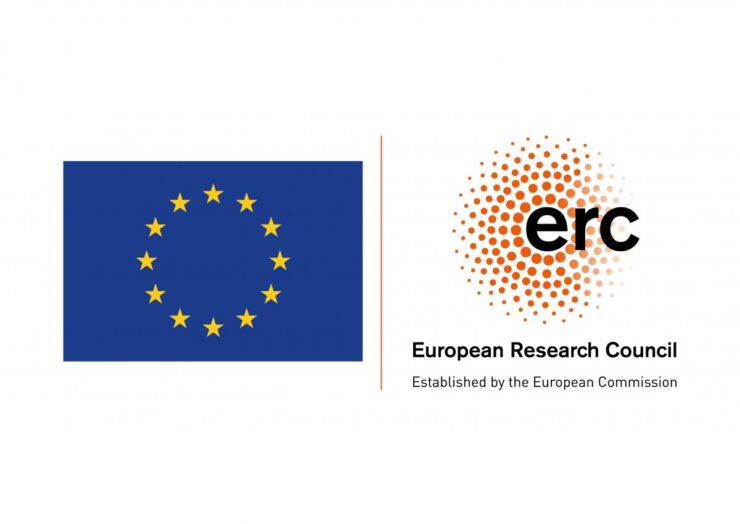Blog
From the Archive to the Museum: 15M Exhibited
África López Zabalegui (ReAct intern)
In 2021, for the 10th anniversary of the Indignados protest (most commonly known in Spain as 15M), the Reina Sofía Museum in Madrid included part of the movement’s archive in its permanent exhibition. As I was spending my Christmas holidays back home in Madrid, I decided to visit it.
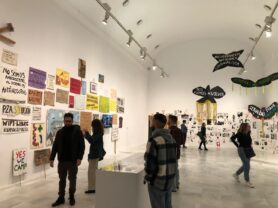
Exhibition “Exodus and Communal Life”, Reina Sofía Museum. December 2022, author’s own.
The materials from 15M are exhibited as part of a collection called “Exodus and Communal Life”, which brings together works related to the latest political struggles and social movements. The section dedicated to 15M includes two illustrations by the artist María Acha-Kutscher, several projections of documentaries about the 15M camp, and, the main piece, a composition made up of objects from the movement. This covers almost all of the left wall, from the floor to the ceiling. Curated by Julia Ramírez Blanco, it includes around 40 banners, documents, maps, and drawings from the protest taken directly from the 15M archive (Archivo15M), now located in Madrid’s self-managed social centre “Tres Peces”.
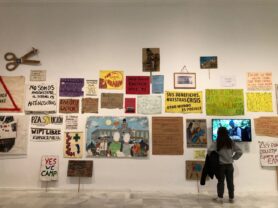
Archivo 15M. Selection of posters, leaflets, and banners (2011-215), curated by Julia Ramírez Blanco, Reina Sofía Museum. December 2022, author’s own.
How does this exhibition interact with the cultural memory of the movement? Does this memory still generate any political awareness or mobilizing energy? Has 15M been reduced to a consumer good? I had these questions in mind while visiting the exhibition.
At some point, as I was looking at the main display, I decided to move closer to a banner to see it in more detail. But as I was approaching, I realized that the guard was staring at me directly. He didn’t need to say anything for me to understand that I had to take a step back. I was in a museum and I could not be that close to the “work of art”. How paradoxical!
This episode made me think about how much the lives of these banners have changed. I could imagine them being created at the square, passing through different hands, and held by different protesters throughout the 28 days that the 15M camp was established in the Plaza del Sol. They might have ended up on the ground, been stepped on and left dirty, or else hung up to decorate the tents. I could also imagine them years later, in the archive, handled only by the occasional visitor, driven by their studies or their curiosity. In the end, however, they were selected to be hung on the museum wall, for the visitors to contemplate from enough distance to avoid the guard’s withering stare. As part of the museum’s exhibition, the banners are returned to the collective and to the public sphere. However, their changing status inevitably creates a new distance: the displayed object can no longer be touched.
Some of these concerns are expressed by Kirsty Robertson in the book Tear Gas Epiphanies (2019). For Robertson, museums are complex institutions that can “act vampirically, encouraging the creation of subversive work, then sucking the active opposition out of it, leaving an empty shell that nevertheless confers a sense of edginess upon the institution” (4). Museums can benefit from social movements, transforming any struggle into a commodified object to be exhibited. This idea seems to apply to Reina Sofia’s exhibition, especially if the question of sponsorship is taken into account.
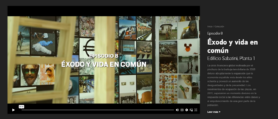
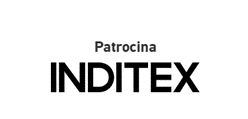
Reina Sofía Museum’s website. 2023.
On the museum website, it is clearly shown that the collection is funded by Inditex, one of the biggest textile enterprises in the world, owner fast fashion brands like Zara and Bershka. The fact that such a corporation is willing to assign big sums of money to curate an exhibition based on anticapitalist demands shows us how the commodification of the memory of social struggles has become a systematized practice in late capitalism. Protests are assimilated by market-driven institutions and enterprises that see social movements as an object of profit and good for image-building.
One can wonder if the spirit of the protest is completely annulled by this commodification. But, during my visit, I did not have that impression. I felt that somehow the distance between the composition and the spectator was made shorter by the work’s beauty. Although I could not touch the banners, I was touched by them.
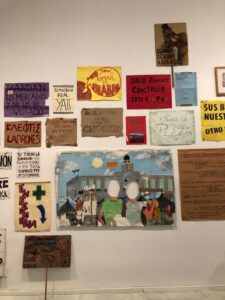
Archivo 15M. Selection of posters, leaflets, and banners (2011-215), curated by Julia Ramírez Blanco, Reina Sofía Museum. December 2022, author’s own.
The banners and posters were beautifully arranged. With a variety of colors, typographies, drawings and sizes, the selected items were displayed all over the wall to create an appealing composition. Some drawings were very skillfully made. At the top was a poster with a reproduction of Goya’s “Saturn” with a bowler hat under the title “Power devours its sons”. The slogans on the banners also showed the creativity of the 15M protesters, full of ingenious references and word games. Right in the middle, I saw what is perhaps one of the most emblematic mottos of the movement: “No hay pan para tanto chorizo” [There is no bread for that much chorizo]. The slogan plays with the double meaning of the word “chorizo”, which, on the one hand, refers to the Spanish sausage but on the other, is a colloquial way of referring to a thief. To its left, another banner with a similar message, phrased in a less subtle way, just in case there were any doubts left: “Ladrones/Kλέφτες”. The use of both Greek and Spanish shows the protesters’ desire to locate the struggle in a transnational arena. 15M demonstrators identified themselves with the Greek struggle and its claims as a way of showing solidarity and as proof of fraternity. Both movements did not hesitate in pointing out those responsible for the crisis.
I was drawn in and moved by these posters. I took out my phone and joined the rest of the visitors in taking pictures from different angles. I wanted to keep and (why not?) share on my social network profiles this beautiful constellation of images. I wanted everyone to recall these slogans. In the article “Historias con-tacto. Una aproximación erotohistoriográfica del archivo” Elena Castro Córdoba reflects on her experience of working with an archive’s holdings. During her project, she used to select, rearrange and take photos of some of the materials, creating her own digital compositions. She recognizes how for her this action was a way of connecting with the archive. Castro defines her aesthetic impulse as “erotohistoriographical,” suggesting that every contact with history generates affective and corporeal responses. These responses are a way of comprehending and relating to the materials. Although I couldn’t touch the banners, I could still actively interact with them by being the spectator and being moved by them. As Castro, with my photos, I was also connecting with the exhibition’s materials. My impulse to intervene was a way of relating and comprehending the work. This impulse was driven by the beauty of the mural.
The power that aesthetics can have on the viewer should not be underestimated. Enjoying a piece, enjoying its beauty, can also be a form of understanding, and therefore, a form of creating awareness. The visitors’ aesthetic experience when contemplating the banners is itself a form of engagement and appreciation. Perhaps this piece will not lead to a sit-in or the occupation of the museum, but aesthetic and affective responses can leave a significant trace and contribute to the creation of social and political awareness.


